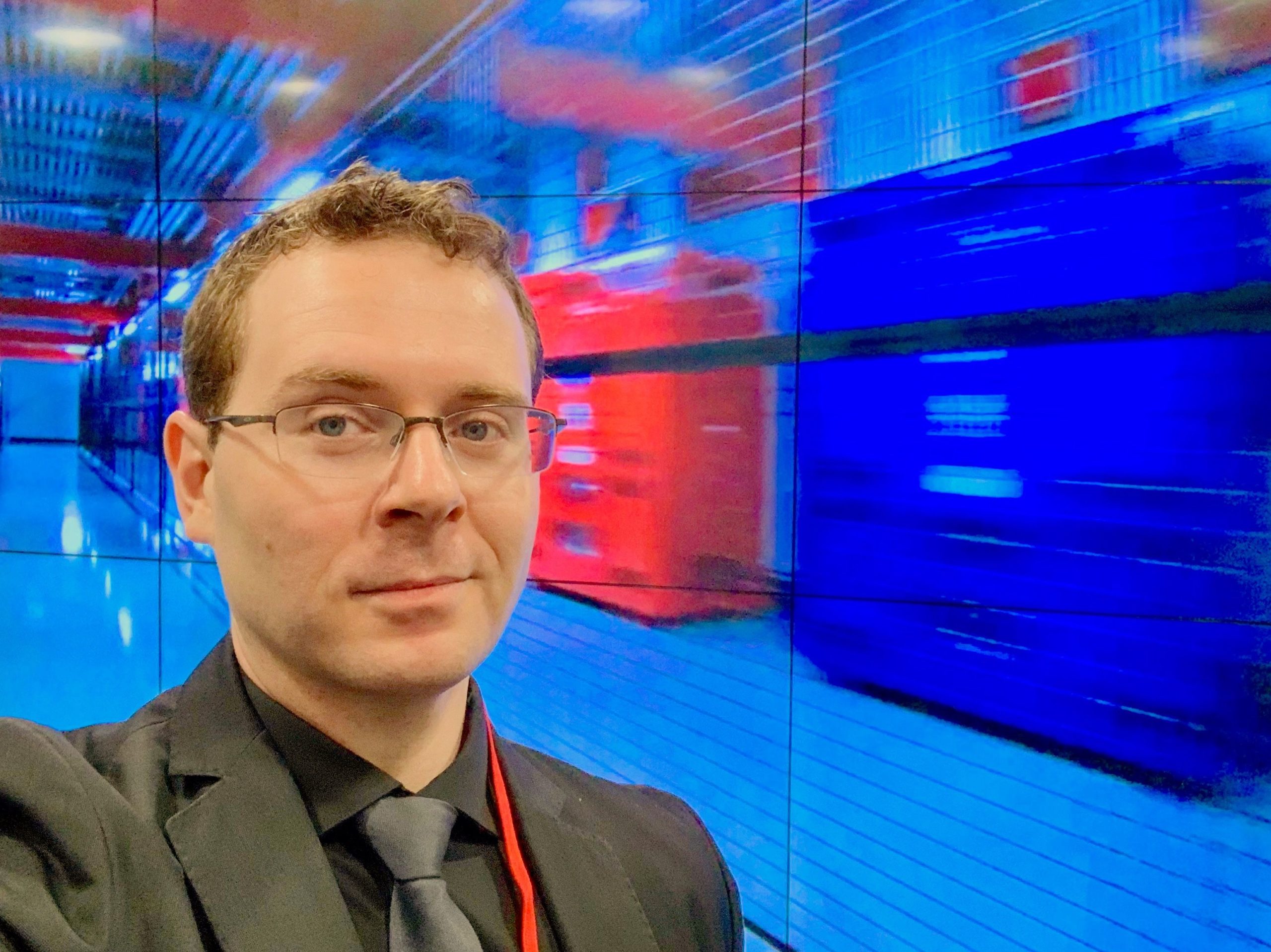It’s Summer: How are you Managing Data Center Airflow and Cooling?15 min read

We’re well into the summer and as you step outside, do you ever wonder about your own data center cooling tactics? Sure, it’s nice and cool in your aisles; but when was the last time you really dove into the efficiency of your data center?
Before we dive in, it’s important to note that business as well as data center leaders take cooling very seriously. New solutions around convergence, edge computing, and high-performance computing are all placing new cooling capacity burdens on data center architectures. As the latest Markets and Markets report indicates, the airflow management market was valued at USD 419.8 Million in 2016 and is expected to reach USD 807.3 Million by 2023, at a CAGR of 9.24% between 2017 and 2023. The airflow management market is being driven by the growing demand for reducing OPEX, increasing cooling capacity, improving IT equipment reliability, and creating greener data centers. From there, factors such as the increasing number of data centers worldwide and improving cooling efficiency and thermal management in data centers are driving the growth of the airflow management market.
That being said, what are you doing to keep your data centers running optimally? I’ve mentioned this before, but we often get into a groove and forget to keep an eye on efficiency and new solutions which help maintain an optimal data center efficiency state and reduce our operating costs.
I want to take a moment and look at three great ways to improve AFM, where I’ve seen success, and non-disruptive technologies designed to optimize the data center.
- Cooling capacity. In the latest AFCOM State of the Data Center report, we saw emerging technologies impacting the way we power and cool our data centers. Furthermore, greater levels of redundancy are being implemented to ensure impact of an outage is low. Finally, we also see new power sources emerge for the data center market.
The typical respondent reports an estimated average of 16.9 kW rack density in their primary data centers. The majority (70%) report that rack density has increased in the past three years, including 21% who say it has increased significantly. Furthermore, edge data center solutions are also impacting rack density and the way we deploy smaller data center locations. This increased power density also means changes within cooling capacity. However, oftentimes we see misconfigurations when it comes to creating the right amount of cooling capacity.
Original research conducted by Upsite Technologies of 45 data centers worldwide revealed the average data center has 3.9 times more rated cooling capacity running than IT heat load. This inefficient use of cooling often results from an inadequate airflow management strategy, as well as the misunderstanding and misdiagnoses of cooling problems. Few managers realize that many computer room cooling problems can be solved by merely implementing simple AFM improvements, rather than lowering temperature set points and or increasing cooling unit fan speeds, and in many cases adding more expensive cooling units. And so, Upsite Technologies developed the Cooling Capacity Assessment to help data center managers understand their cooling infrastructure utilization before making important decisions about infrastructure investments. The service allows managers to benchmark conditions, identify opportunity for improvement, and provide recommendations for fixing problems. I highly recommend utilizing a cooling capacity assessment to identify the lowest cost method to improve both efficiency and IT equipment operating conditions.
- Approaching cooling as a science. Because of the complexity within our data centers, working with AFM becomes a science. It is crucial for IT and facilities staff to have a shared understanding of the science behind AFM best practices. Working with partners who specialize in cooling allows you to dig deep into the fundamentals and science of data center cooling management. This helps educate staff and arm them with the tools to make impactful decisions and drive meaningful changes in your data center which will improve efficiency and have a positive impact on your facilities bottom line. There are numerous benefits to this approach. You can increase cooling capacity effectively, identify isolated data center airflow issues, improve energy efficiency, recover stranded capacity, and even defer capital expenditures on cooling equipment. For some, this might be an entirely new approach to cooling – but it can absolutely keep you agile as well.
- Fast, and easy, ways to upgrade your data center. At this year’s Data Center World conference, I had the chance to explore some really cool new solutions around AFM. My goal was to find designs which made cooling and airflow management easier; and most of all – easier to integrate. This is where I found Upsite’s solutions for separating hot air from cold air and improving airflow. What caught my eye was the number of designs created to improve airflow management with easy, tool-less modifications. The coolest part here is the easy mechanisms to install, remove and even relocate their ‘tool less’ solutions. How? They’re magnetic! You can literally snap these into place and adjust as needed. It’s these types of solutions you should be aware of to help you realize all the benefits of improving AFM.
Getting to a better state of AFM doesn’t have to be hard. In fact, there are some really great partners out there that are ready to help you out. The hardest part, in many situations, is taking the initial step of getting an outside perspective from an expert. This will help you see the AFM improvements you have been missing and give you a step by step plan of how to improve IT equipment reliability, reduce operating cost, recover stranded cooling capacity, and reduce operating expenses within your data center.
Here’s the other critical piece – your business is evolving. This means your data center infrastructure must keep up as well. As new solutions like edge, converged infrastructure, and cloud impact your environment, you’ll need to work with more effective and flexible cooling solutions to keep your data center operating at peak performance.

Bill Kleyman
Industry Analyst | Board Advisory Member | Writer/Blogger/Speaker | Contributing Editor | Executive | Millennial
Bill Kleyman is an award-winning data center, cloud, and digital infrastructure leader. He was ranked globally by an Onalytica Study as one of the leading executives in cloud computing and data security. He has spent more than 15 years specializing in the cybersecurity, virtualization, cloud, and data center industry. As an award-winning technologist, his most recent efforts with the Infrastructure Masons were recognized when he received the 2020 IM100 Award and the 2021 iMasons Education Champion Award for his work with numerous HBCUs and for helping diversify the digital infrastructure talent pool.
As an industry analyst, speaker, and author, Bill helps the digital infrastructure teams develop new ways to impact data center design, cloud architecture, security models (both physical and software), and how to work with new and emerging technologies.







0 Comments
Trackbacks/Pingbacks